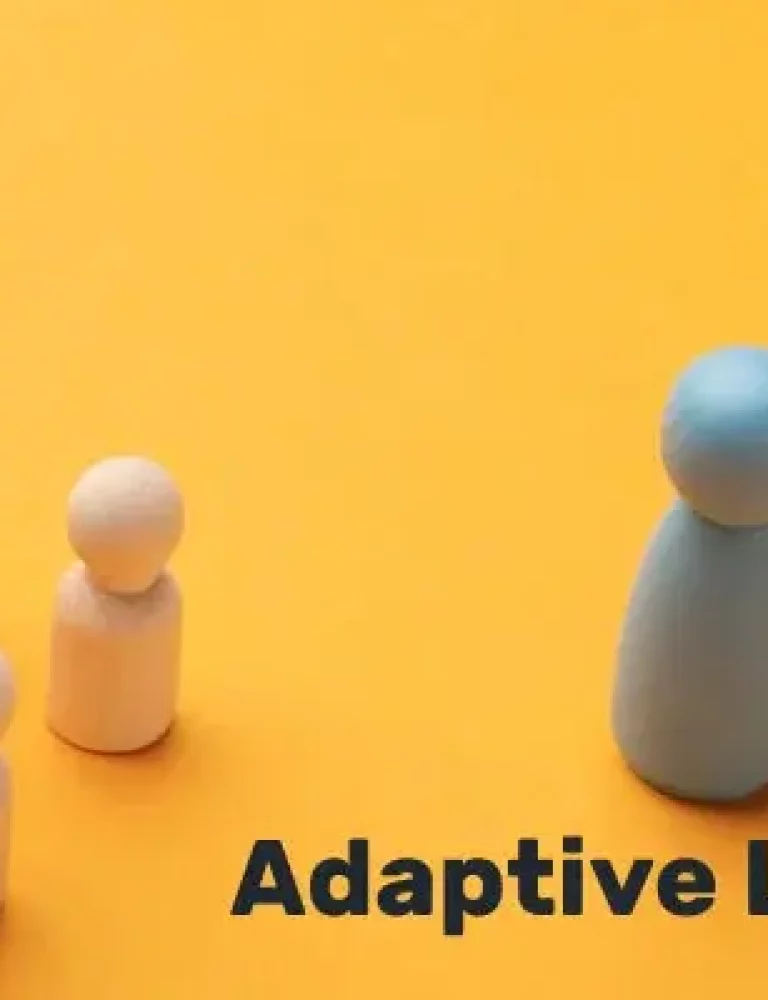The realm of education is undergoing a profound transformation driven by digital innovations. This shift from traditional teaching methods to digital education has catalyzed a new era of learning that is more dynamic, interactive, and effective.
Despite the advancements, some major gaps still persist in learning that pose significant challenges, hindering the full realization of education’s potential in this digital age.
In this blog, we will learn how an optimal adoption of digital education tools and techniques can help ease this issue. Alongside, we will also enlist a few tips to implement the same.
Let’s get exploring!
Table of Content:
I. How is Digital Education Bridging the Gap in Learning?
- Encourages Accessibility and Inclusivity
- Caters Personalization Needs
- Offers Skill Development Opportunities
- Creates Interactive Learning Experiences
- Fosters Global Collaboration
II. Tips to Digitize Learning for Fostering Educational Efficiency
- Invest in a Robust Learning Management System (LMS)
- Prioritize Content Digitization
- Implement Adaptive Learning Techniques
III. Wrapping Up
How is Digital Education Bridging the Gap in Learning?
The involvement of technology has propelled every sector towards advancement. Education is no exception. From enhancing its quality to making it pervasively available, digitalization has remarkably improved every facet of learning.
Below are some key ways in which digital education is bridging the gap in learning:
Encourages Accessibility and Inclusivity
Accessibility barriers are a significant impediment to achieving true learning inclusivity. Statistically speaking, about 40% of children lack access to education in a comprehensible language. However, digitalization can efficiently alleviate this issue.
The internet consists of a vast library of learning resources across different languages. So, no matter how obscure a language is, it is possible for an educator to source quality study materials on it easily. Moreover, they can also be shared with children living in the most remote locations without any hassle.
Caters Personalization Needs
In the educational landscape, the “one-size-fits-all” approach has long become obsolete. Today, adding a touch of personalization is no longer a luxury – it’s become a necessity. Fortunately, digital education is a great facilitator for that.
From the resources to the platforms – online education solutions are highly adaptive in nature. Unlike the traditional ones, they can be easily customized with the help of digital textbook platforms like KITABOO to suit diverse learning styles, abilities, and paces. This way, educators can address the unique needs of each student, ensuring a more effective and engaging learning experience in the long run.
Offers Skill Development Opportunities
Globally, about 450 million youth are unemployed due to inadequate skills. In India alone, only 48.7% of the youth is considered employable. These statistics aptly represent the pressing need to coach students in a more fruitful, skill-efficient manner. Digital education can pave the way for that.
By incorporating technology into their education, educators can instill future-forward, technical skills in students. Moreover, such a learning environment also simultaneously encourages the development of vital soft skills, such as critical thinking and problem-solving.
Creates Interactive Learning Experiences
More often than not, traditional learning fails to captivate learners. At the end of the term, this lack of engagement becomes a reason why institutions flinch from achieving optimal results from students- digitalization can help resolve this.
This method of education is capable of creating immersive learning experiences. It can accommodate a wide array of interactive elements such as multimedia, audio, video, graphics, and more. This fosters students to indulge in learning and increases the engagement rate.
Fosters Global Collaboration
Due to its rigid nature, classroom learning can be restrictive. This not only constricts a student’s creativity but also impedes their potential from reaching the zenith. In this regard, digital education emerges as an effective antidote.
This form of learning enables students to collaborate and learn on a global level. In fact, many online learning platforms also provide abundant networking opportunities with fellow learners. This widens the scope and encourages global awareness among students.
Tips to Digitize Learning for Fostering Educational Efficiency
As an educator, there are various methods you can use to inculcate the essence of digitalization in teaching. Given below are some practical tips to digitalize learning and enhance educational efficiency:
Invest in a Robust Learning Management System (LMS)
Learning Management System (LMS) platforms serve as a central point for storing and managing all kinds of crucial educational data. From curriculum, study materials, and assessments to progress tracking, feedback, and communication – this solution is one of the most important elements required for digitizing education. So, if you aim to create a smart, digital learning ambiance, start by employing a robust, feature-rich LMS platform.
Prioritize Content Digitization
Digital content is the crux of digital education. So, the next step to set up a digital learning premise would be to eliminate printed books and shift to online study materials.
You can either download them from the internet or create your own from scratch. For instance, KITABOO is a unique digital textbook platform that can not only centralize all your digital content but also offer customization options to tailor materials according to your teaching approach.
Implement Adaptive Learning Techniques
A recent study revealed that as many as 70% of students choose online learning over traditional classroom learning. And one of the prime reasons behind this major inclination is the adaptive nature of the method. Seize the opportunity by embracing adaptive learning techniques.
Enhance your digital education arsenal with cutting-edge tools like gamification, Artificial Intelligence (AI), Natural Language Processors (NLPs), virtual labs, and simulations. This blend ensures a dynamic, personalized, and engaging learning experience that aligns with the evolving preferences of modern learners.
Wrapping Up
In an era of unparalleled advancement, the educational landscape still harbors gaps awaiting resolution. Yet, with the implementation of digital educational solutions, this issue can be adequately addressed to foster efficiency in learning.
For educators and institutions, switching to digital education can significantly bridge these gaps through technology.
In this regard, you can leverage the advantages of a top-rated digital textbook platform like KITABOO. It enables educators to create and publish interactive and adaptive educational resources swiftly, revolutionizing the learning experience.
Write to us at KITABOO@hurix.com for more details!
Discover How An Ebook Conversion, Publishing & Distribution Platform Can Help You
Kitaboo is a cloud-based content platform to create-publish & securely distribute interactive mobile-ready ebooks.
You May Also Like
-
Benefits of eReading Platforms for Mobile Users
Blog,Digital Publishing,eBook solution / January 30, 2024







